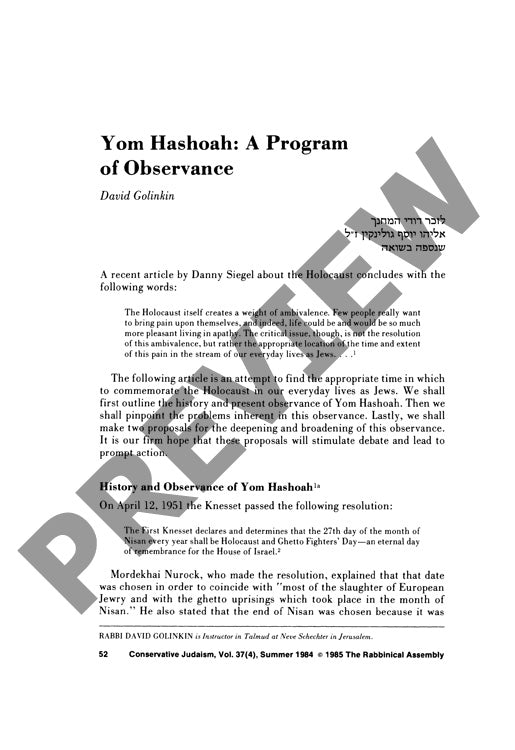Yom Hashoah a Program of Observance
Couldn't load pickup availability
Jewish communities today lack consistent, religiously meaningful ways to commemorate the Holocaust on Yom Hashoah, despite a rich historical tradition of establishing communal fast days in response to national tragedies. Through analysis of medieval Jewish responses to catastrophes - from the 749 CE Palestinian earthquake to the 1648 Chmielnicki massacres - clear precedents emerge for instituting formal religious observances following collective trauma. Current Yom Hashoah practices reveal a troubling divide: in Israel, commemorations remain largely secular and nationalistic, while Diaspora observances vary widely and lack established structure. Drawing on historical analysis of Jewish commemorative practices, particularly ta'anit zibbur (communal fast days), and examination of Knesset legislation, this research demonstrates how Jewish authorities have consistently created new religious frameworks for remembering tragedy. Two key reforms could address these challenges: establishing Yom Hashoah as a formal communal fast day with prescribed religious observances, and reinterpreting the traditional Sefirah mourning period to incorporate Holocaust commemoration. These changes would align with halakhic precedent while ensuring meaningful transmission of Holocaust memory to future generations, much as medieval authorities instituted lasting religious responses to the tragedies of their time.

More Information
-
Physical Description
-
Publication Information
Published 1984
ISBN
-
Publication Credits
David Golinkin

